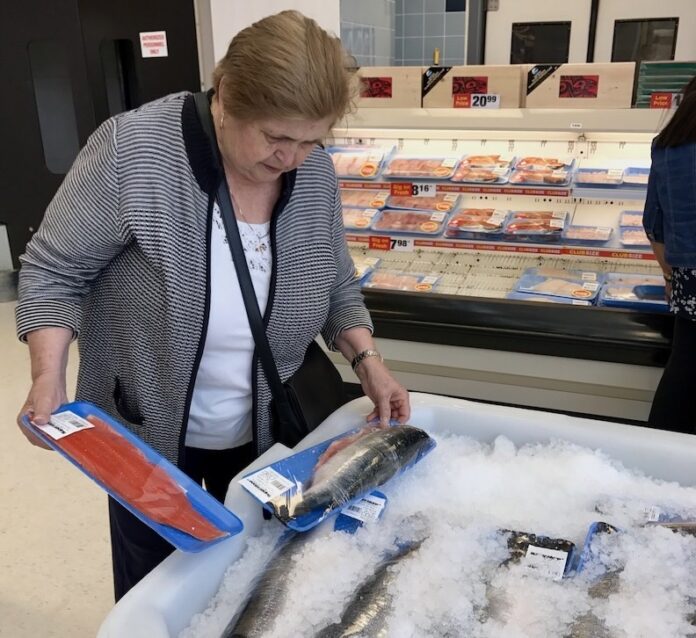Soaring demand for wild and aquaculture products has positioned seafood as the most traded animal protein in 2021, with salmonid and shrimp on top of the list of the most traded high-value species, says RaboResearch.
In 2021, seafood trade was roughly 3.6 times the size of beef trade (the second most traded animal protein), five times the size of global pork trade, and eight times the size of poultry trade, signifying the importance of trade for the seafood sector, RaboResearch said in its latest World Seafood Map report.
Top 3 trade flows by value
Farmed salmon trade from Norway to the European Union and the UK retains the top spot in terms of trade value, totalling more than US$ 8.7 billion for 2021.
Trade from Canada to the US of mostly crustaceans (excluding shrimp) valued at US$5 billion is in second place.
Trade from India to the US comes in third place, with US$3.3bn worth of seafood traded, largely driven by demand for farmed Vannamei shrimp.
Future growth
High-value species – namely salmonids and shrimp – will drive seafood trade growth, says the research organization.
US appetite for premium seafood has driven import growth, as evidenced by the 44-percent increase in its total seafood imports in 2021 ($28.2 billion) from 2016 ($19.5 billion). Shrimp, salmonids and crabs were the top seafood imported into the US.
China’s seafood imports were valued at US$17.2 billion in 2021, up 10 percent over the period 2013-2021. The growth was driven by shrimp, fishmeal, crabs, and salmonids – all of which exhibited high double-digit year-on-year growth, says Rabobank. This shows that the Chinese market is shifting to more expensive forms of seafood protein, it added.
If recession develops…
“We expect sustainability and demand for healthy and premium species to continue driving trade volumes of high-value seafood in the coming years.. (but) We are also seeing unprecedented high prices for many seafood species due to challenges in international trade such as rising freight and energy costs and continued lockdowns in China. If a recessionary environment develops in the second half of 2022 or 2023, this could affect seafood market prices and the value of trade flows,” the researchers said.









